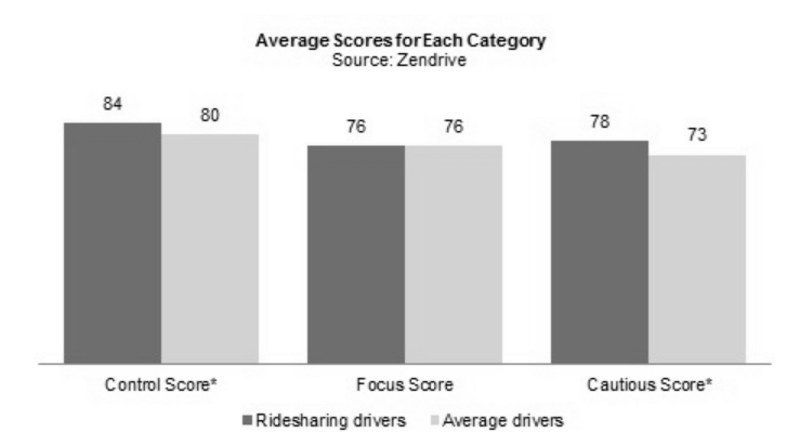Perhaps because it’s a new and novel business model, drivers for rideshare companies like Uber and Lyft have come in for considerable scrutiny. Who are these people? Are they safe, responsible, reliable? Am I putting my life at risk when I punch up an Uber ride?
There’s even a website, WhosDrivingYou.org, that tracks rideshare drivers’ accidents and crimes. Its underlying premise:
Uber’s process for onboarding drivers is dangerously negligent. Neither Uber nor Lyft uses fingerprints or law enforcement to background-check their drivers. And Uber doesn’t even bother to meet with drivers in person before allowing them to ferry passengers. The result is a series of incidents involving “ridesharing” passengers being harmed and criminal offenders behind the wheel.
Among the worrisome headlines cited by the site:
- Pedestrian Struck By An Uber Driver in Connecticut Pronounced Dead at Hospital
- Uber and Uber Driver Sued for Negligence After Collision Kills Passenger in Miami
- Woman Dies After Being Run Over by the Rear Wheel of an Uber Vehicle in Columbus, OH
- Manhattan Uber Driver Strikes and Kills Pedestrian
- Seven-Year-Old San Francisco Girl Struck and Killed by Uber Driver; Uber Denies Responsibility
Of course, the same questions might be asked of drivers for traditional taxi companies. But they’re not.
What the Data Says
A newly released study from Aite Group and Zendrive, “Driving Analytics: Ridesharing Drivers Are Safer Than Average American Drivers,” sheds some much-needed light on the question of rideshare drivers’ behind-the-wheel behavior, and by extension, the safety of their customers.
The study analyzed driving data for 1 million trips made by 12,000 drivers, accounting for 15 million miles, comparing results for rideshare drivers and non-rideshare drivers.
Overall, on a scale where higher is better, rideshare drivers scored 80 points versus a 76 for average drivers. The difference was considered “statistically significant.”
On the particulars, the study found that rideshare drivers are less likely to engage in such safety-compromising activities as speeding, aggressive driving, and using their smartphones while driving (rideshare drivers used their phones for 23 seconds on a 15-minute drive, versus 35 seconds for average drivers).
On the other hand, rideshare drivers were found to engage in more hard braking, a negative attribute, than average drivers.
The conclusion: “Rideshare drivers, based on multiple attributes, drive more safely than do average drivers.” You are safer riding with an Uber driver than you would be driving with a friend. Or driving yourself.
The study had no access to comparable data for taxi drivers, so the question of rideshare-versus-taxi safety remains unaddressed.
With its limited sample size, the Aite study is hardly the final word on the subject. But it’s a noteworthy attempt to bring some clarity to a subject that so far has been shrouded in preconceptions and hearsay.
Uber on!
Reader Reality Check
Is safety a concern to you when using Uber or Lyft?
After 20 years working in the travel industry, and almost that long writing about it, Tim Winship knows a thing or two about travel. Follow him on Twitter @twinship.
This article first appeared on SmarterTravel.com, where Tim is Editor-at-Large.


Leave a Reply